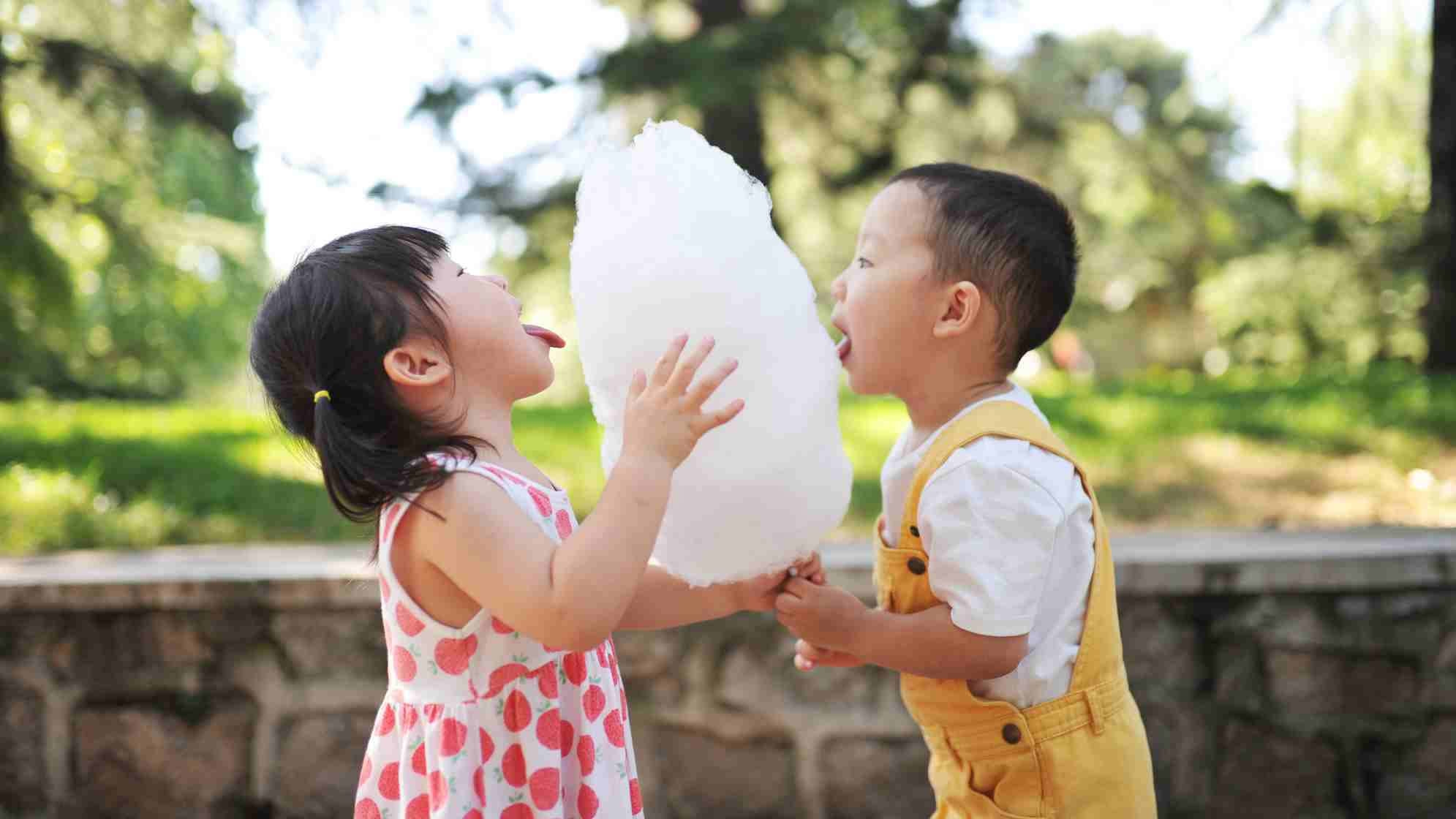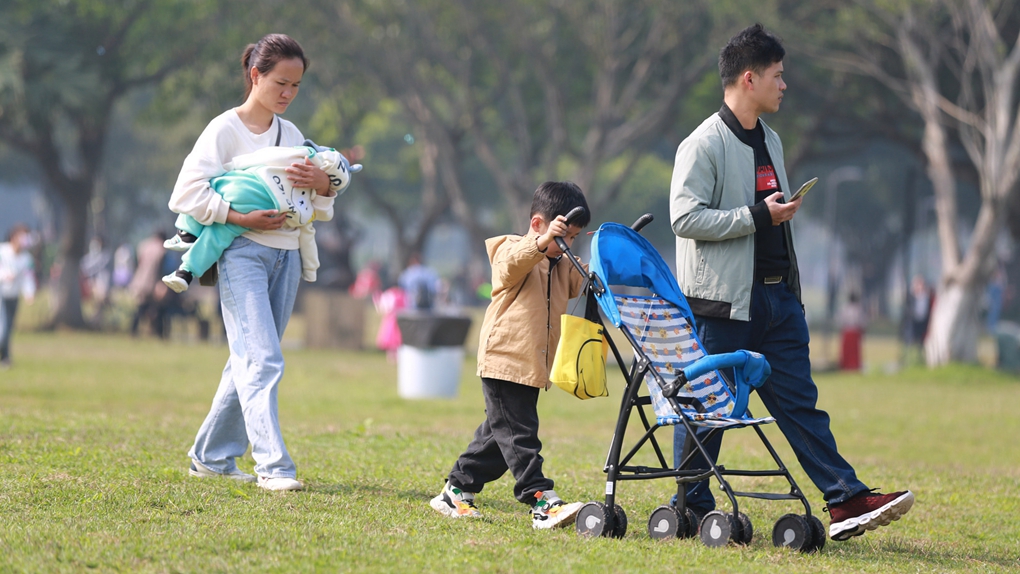
China introduces a third-child policy to deal with the country's aging population, allowing all married couples to have three children. /VCG
China introduces a third-child policy to deal with the country's aging population, allowing all married couples to have three children. /VCG
Editor's Note: Chen Wei is a professor of demography at the Center for Population and Development Studies at Renmin University of China. The article reflects the author's opinions and not necessarily the views of CGTN.
China made a third transition in its birth policy after a meeting that was chaired by Chinese President Xi Jinping on Monday. As the meeting suggests, the third-child policy would "improve the country's population structure, actively implement the national strategy to respond to the aging population, and maintain the country's demographic advantage."
In the first 20 years after the founding of the People's Republic of China, rapidly declining mortality combined with high fertility produced relatively high population growth rate. The average annual population growth rate stood at over 2 percent, implying that China's population would double in 35 years. The concerns over huge population pressure on social and economic development led to a nationwide family planning policy.
Despite the great success of the policy in bringing down fertility and population growth rate, the annual increment in population was still very large. The one-child policy was introduced in 1980 when the government was eager to halt rapid population growth, in the context of poor economy and pursuing modernization.
The one-child policy was relaxed to a combination of diversified polices covering different sections of the population since the middle of 1980s to the early 1990s. For example, in six provinces and autonomous regions, a policy of allowing all rural couples to have a second child was adopted, while minority nationalities were allowed to have more births per couple.
When implementing the one-child policy, China also launched the economic reform and opening-up policy, becoming one of the fastest growing economies in the world.
The reinforced effects of the one-child policy from rapid economic development and social change were rapid fertility decline in the 1990s, followed by a continuing low fertility in the 21st century.
Chinese fertility was well above the replacement level (2.1 births per couple) in 1990, before falling to around 1.6 in 2000 and remains at that level afterwards. As a result, population growth rate was cut down by half in 1990s, from 1.4 percent in 1990 to 0.7 percent in 2000, which was further reduced to less than 0.5 percent in 2010.
Research suggests that policy-dominated low fertility has changed into development-driven low fertility, and birth policy has had a rapidly diminishing role in determining both desired and actual fertility.
Although China's population achieved very slow growth rate, population structure changed enormously. China's population was ageing, and the working-age population turned to decline.
That led to discussions and debates over China's population challenges and prospects with the potential consequences for economic prosperity. Given such a situation, China adopted the two-child policy in the 2010s. It's worth noting that China allowed couples to have a second child if either parent was an only child in 2013, and then allowed married couples to have two children three years later.
The two-child policy did have marked effects on lifting up fertility. For example, the second-child fertility rate was raised to 0.9 and overall fertility to 1.8 in 2016. Estimates suggest that the two-child policy led to some 16 million extra births.

A family spends time together at a park in Haikou, Hainan Province, south China, February 12, 2021. /CFP
A family spends time together at a park in Haikou, Hainan Province, south China, February 12, 2021. /CFP
On May 11, the National Bureau of Statistics of China released the 2020 population census data which surprisingly recorded the lowest fertility of 1.3. The data also indicated much faster population ageing and considerable drop in the proportion of the working-age population.
While the major consideration is to have a policy concerning both number and structure of population, the structure issue overrides the number one. In this context, the policy should aim at achieving a moderately low fertility.
Any levels of fertility that are far below the replacement level are not desirable. A fertility level between 2-2.5, which is at average slightly higher than the replacement level, is a moderately low level.
In the long-run, such a level would produce a slowly growing population. Besides, as regional differences in China are huge, at prefecture or county level, fertility disparity is also prominent. The third-child policy would create a chance for low-fertility areas to reach a potential rise and high-fertility areas to not increase further.
In terms of individuals, whether or not to have one or more children is pretty much a personal choice. Because the Chinese society is increasingly diversified and population heterogeneity is intensifying. Many people want to have several children, while some others may want to be childless. The third-child policy could help those wanting more children to achieve their goals.
The policy guarantees a wider range of reproductive rights of the people. And as the Monday meeting suggests, supportive measures will provide for couples to have more births. With the development of the Chinese society, there will be more policies to facilitate such processes, and the third-child policy is just an ideal practice.
(If you want to contribute and have specific expertise, please contact us at opinions@cgtn.com.)

